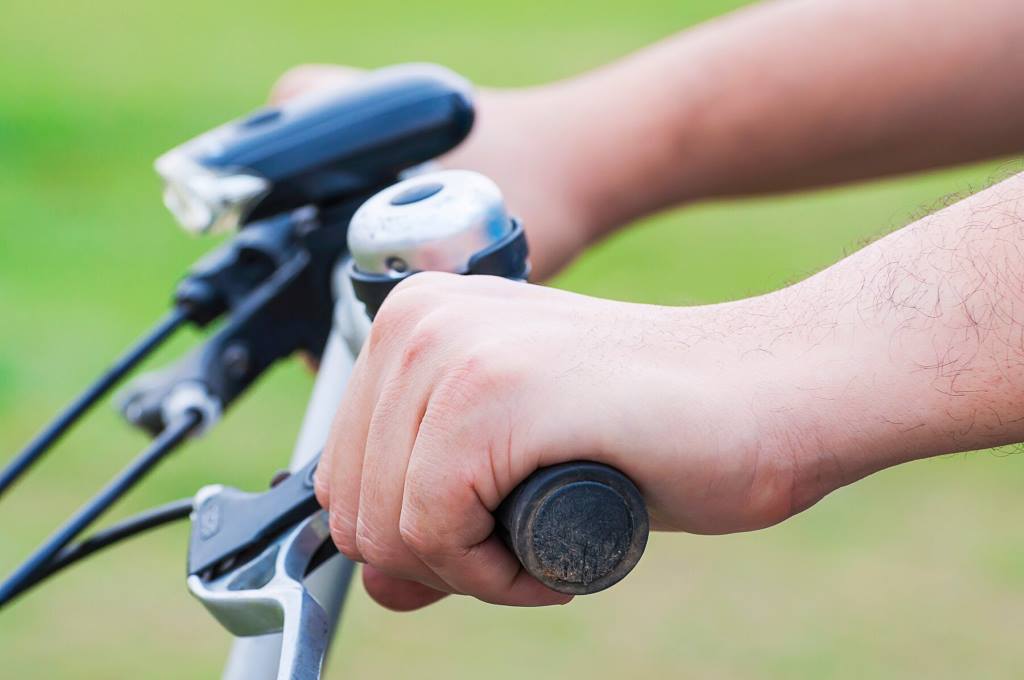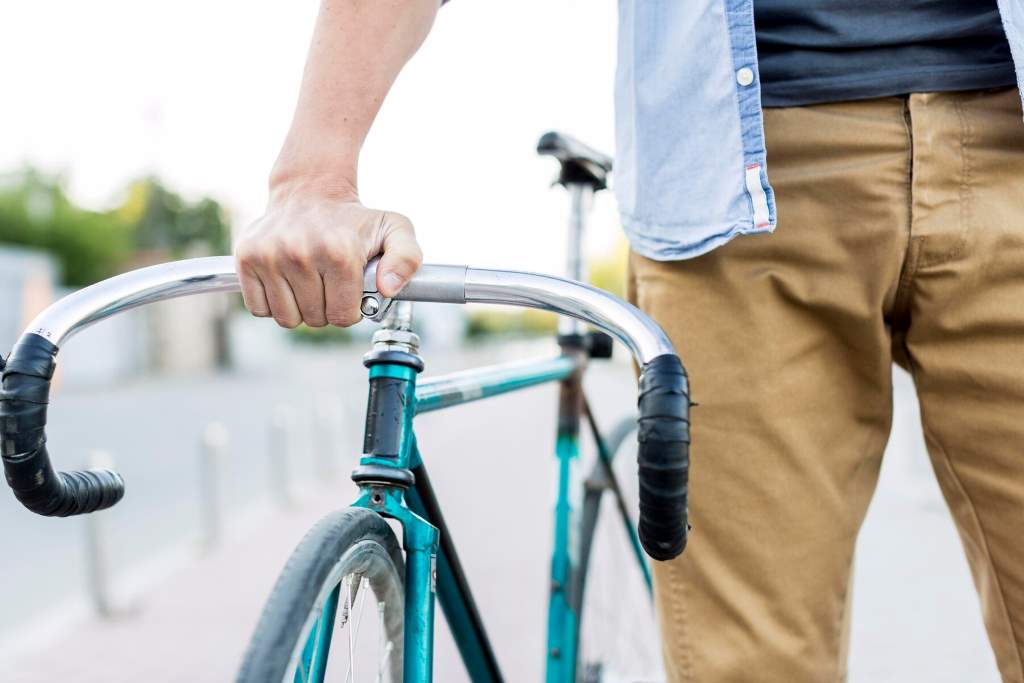Cycling, whether it’s a daily commute, a weekend adventure, or an tense training session, should be a joy, not a pain. However, one common complaint among cyclists of all levels is discomfort in the hands, wrists, shoulders, and even neck, often stemming from poorly configured or unsuitable handlebars. This article aims to provide a comprehensive guide on how to make your bike handlebars more comfortable, transforming your riding experience from a struggle to a smooth, enjoyable journey.
Understanding the Root of Discomfort: A Holistic Approach
Before diving into specific solutions, it’s crucial to understand that handlebar comfort isn’t just about the grips. It’s a holistic issue influenced by several factors, including your bike type, riding style, body geometry, and even the terrain you’re riding on. Ignoring these factors can lead to a band-aid approach, addressing symptoms rather than the underlying causes.

For instance, a road cyclist experiencing wrist pain might need to adjust their reach and drop, while a mountain biker with numb fingers might benefit from wider bars and better vibration damping. Similarly, a commuter riding in an upright position might require ergonomic grips and a higher handlebar setup. Therefore, a personalized approach is key to achieving optimal comfort.
1. Evaluating Your Bike Type and Riding Style: Matching the Bar to the Task
Your bike’s design and your riding style are fundamental in determining the ideal handlebar setup. Road bikes, designed for speed and efficiency, typically feature drop bars that offer multiple hand positions for varying terrains and intensities. Mountain bikes, built for rugged trails, prioritize control and stability with wide, flat or riser bars. Hybrid bikes, designed for versatility, often feature flat or slightly swept-back bars for a more upright posture.
Consider your primary riding style. Are you a long-distance road cyclist, a trail-blazing mountain biker, a casual commuter, or a recreational rider? Understanding your riding style will help you choose the appropriate handlebar type and configuration.
2. The Importance of Proper Bike Fit: Aligning Your Body with Your Machine
An ill-fitting bike is a major contributor to handlebar discomfort. If your bike is too large or too small, you’ll be forced into an unnatural riding position, putting excessive strain on your hands, wrists, and shoulders. A professional bike fit is highly recommended, especially for serious cyclists.
A bike fit will assess your body geometry, including your arm length, torso length, and flexibility, to determine the optimal frame size, saddle height, and handlebar reach. It will also help identify any imbalances or biomechanical issues that could contribute to discomfort.
3. Adjusting Handlebar Reach and Drop: Finding Your Sweet Spot
Handlebar reach refers to the horizontal distance from the saddle to the handlebars, while drop refers to the vertical distance between the top of the saddle and the lowest point of the handlebars. Adjusting these parameters can significantly impact your comfort and control. For instance, removing a bicycle handlebar stem to swap it for a different length is a common way to fine-tune your riding position.
- Reach: A reach that’s too long will force you to stretch, putting strain on your wrists and shoulders. A reach that’s too short will cramp your position and limit your power output. To adjust reach, you can use stems of different lengths or adjust the position of your saddle.
- Drop: A drop that’s too low will put excessive pressure on your hands and neck. A drop that’s too high will limit your aerodynamic efficiency. To adjust drop, you can raise or lower the handlebars or use stems with different angles.
Experiment with different reach and drop settings to find the position that feels most comfortable and efficient for you.
4. Choosing the Right Handlebar Width: Enhancing Control and Comfort
Handlebar width plays a crucial role in control and comfort. A handlebar that’s too narrow will limit your breathing and control, while a handlebar that’s too wide will strain your shoulders and neck.
- Road Bikes: Road handlebar width is typically measured from center to center and should be roughly equal to your shoulder width.
- Mountain Bikes: Mountain bike handlebar width is typically measured end to end and should be wider than your shoulder width for better control on technical trails.
Choosing the correct width will improve your stability and reduce strain on your upper body.
5. Upgrading Your Grips or Bar Tape: Enhancing Comfort and Vibration Damping
Your grips or bar tape are the primary points of contact between your hands and the handlebars. Upgrading them can significantly improve comfort and reduce vibration.
- Grips: Ergonomic grips with anatomical shapes and gel padding can provide excellent support and reduce pressure points. Look for grips that fit your hand size and riding style.
- Bar Tape: High-quality bar tape with adequate padding can absorb road vibrations and provide a comfortable grip. Consider using double-wrapped bar tape for extra cushioning.
Choosing the right grips or bar tape can make a noticeable difference in your comfort, especially on long rides.
6. Adding Bar Ends: Offering Alternative Hand Positions
Bar ends, extensions that attach to the ends of flat or riser handlebars, offer alternative hand positions, reducing fatigue and providing more leverage for climbing.
Bar ends are particularly popular among mountain bikers and touring cyclists. They can also be beneficial for commuters who want to vary their hand positions on long rides.
7. Utilizing Padded Cycling Gloves: Protecting Your Hands
Padded cycling gloves can provide additional cushioning and protection for your hands. They can also help absorb vibrations and prevent blisters.
Look for gloves with gel or foam padding in key areas, such as the palm and fingers. Choose gloves that fit snugly but not too tightly.
8. Addressing Numbness and Tingling: Pinpointing the Causes
Numbness and tingling in the hands and fingers are common complaints among cyclists. They are often caused by excessive pressure on the ulnar and median nerves, which run through the wrist.
- Check your wrist angle: Ensure your wrists are in a neutral position, neither bent up nor down excessively.
- Adjust your grip: Avoid gripping the handlebars too tightly.
- Take breaks: Regularly shake out your hands and change hand positions.
- Consider ergonomic grips or bar tape: These can help distribute pressure more evenly.
- Consult a medical professional: If numbness and tingling persist, consult a doctor or physical therapist.
9. Fine-Tuning Your Saddle Position: Relieving Pressure on Your Hands
Your saddle position can also affect handlebar comfort. A saddle that’s tilted too far forward can put excessive pressure on your hands.
Ensure your saddle is level or slightly tilted back. Adjusting your saddle position can help distribute your weight more evenly and reduce pressure on your hands.
10. Suspension and Tire Pressure: Minimizing Vibrations
For mountain bikers and cyclists riding on rough terrain, suspension and tire pressure play a crucial role in minimizing vibrations and enhancing comfort.
- Suspension: Properly tuned suspension can absorb shocks and vibrations, reducing strain on your hands and wrists.
- Tire pressure: Lower tire pressure can provide a more comfortable ride by absorbing small bumps and vibrations. However, be careful not to run your tires too low, as this can increase the risk of pinch flats.
People Also Ask (FAQs)
Q: How do I know if my handlebars are too wide?
A: If you feel strain in your shoulders or neck, or if you have difficulty controlling your bike, your handlebars may be too wide.
Q: Can I use bar ends on a road bike?
A: While bar ends are more common on mountain and hybrid bikes, they can be used on some road bikes, especially touring bikes.
Q: What is the best bar tape for vibration damping?
A: Cork or gel bar tape is generally considered the best for vibration damping. Double-wrapping your bar tape can also provide extra cushioning.
Q: How often should I replace my grips or bar tape?
A: Replace your grips or bar tape when they show signs of wear or when they no longer provide adequate comfort and grip.
Q: Is a professional bike fit worth it?
A: Yes, a professional bike fit is highly recommended, especially for serious cyclists or those experiencing discomfort. It can help you optimize your riding position and prevent injuries.
Conclusion: A Customized Approach to Handlebar Harmony
Let’s make your bike handlebars more comfortable. It is a journey of discovery. It requires a personalized approach that considers your bike type, riding style, body geometry, and individual preferences. By understanding the factors that contribute to discomfort and implementing the solutions outlined in this guide, you can transform your cycling experience and enjoy the road with greater comfort and confidence. Remember to listen to your body, experiment with different setups, and don’t hesitate to seek professional help when needed. A comfortable ride is within reach, allowing you to fully embrace the joy of cycling.

Steve J. Robin is the Senior Mountain Bike Review Editor at Outdoorxsports. Steve has lived in Heron Way, Milwaukie for 15 years. Steve earned his Bachelor’s degree at the University of Wisconsin Milwaukee, which has extensive biking training facilities, he had taken up biking seriously as a teenager and later became obsessed with mountain biking. He is an obsessive mountain bike racer and rubbed shoulders with the bike and that he rides with, riding is so much more than a hobby for him with a mild addiction to Endomondo. On September 21, 2015, he released a five-and-a-half-minute mountain biking’s video on YouTube that was to change his biking life. The video got a few thousands of views overnight as of today– the world went crazy for Steve. Since the video went viral, things changed fast; Steve found himself featured in MTB-MAG, joined a production as a stunt man.

